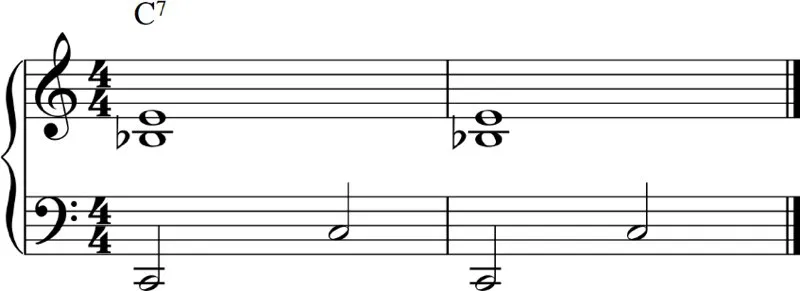Walking bass is an essential element in blues and jazz music. The walking bass characterized by a new note on every beat in the bar is a moving force that pushes the music forward and creates richness to the arrangement. In a jazz band the accompaniment of the pianist is often sparse, because of the richness of the bass.
But as a solo pianist you can create some of the same richness by playing a walking bass yourself. Many solo pianists stop developing their left hand after learning a basic octave bass and it may be challenging to play new notes on every beat in the bar in the left hand and at the same time play the melody and harmony or even improvise a solo in the right hand. But the effort will pay off as rich sounding blues and jazz melodies and as a bonus you can fire the other band members.
The arrangements in this book have a progression going from easy to intermediate and going from blues towards jazz and ends with a brief introduction to other genres. We will look at some simple but effective rules for making great walking bass lines and we will bend the rules again to create even more interesting lines.
Audio files for all examples in this book are available at www.jesperkaae.com






